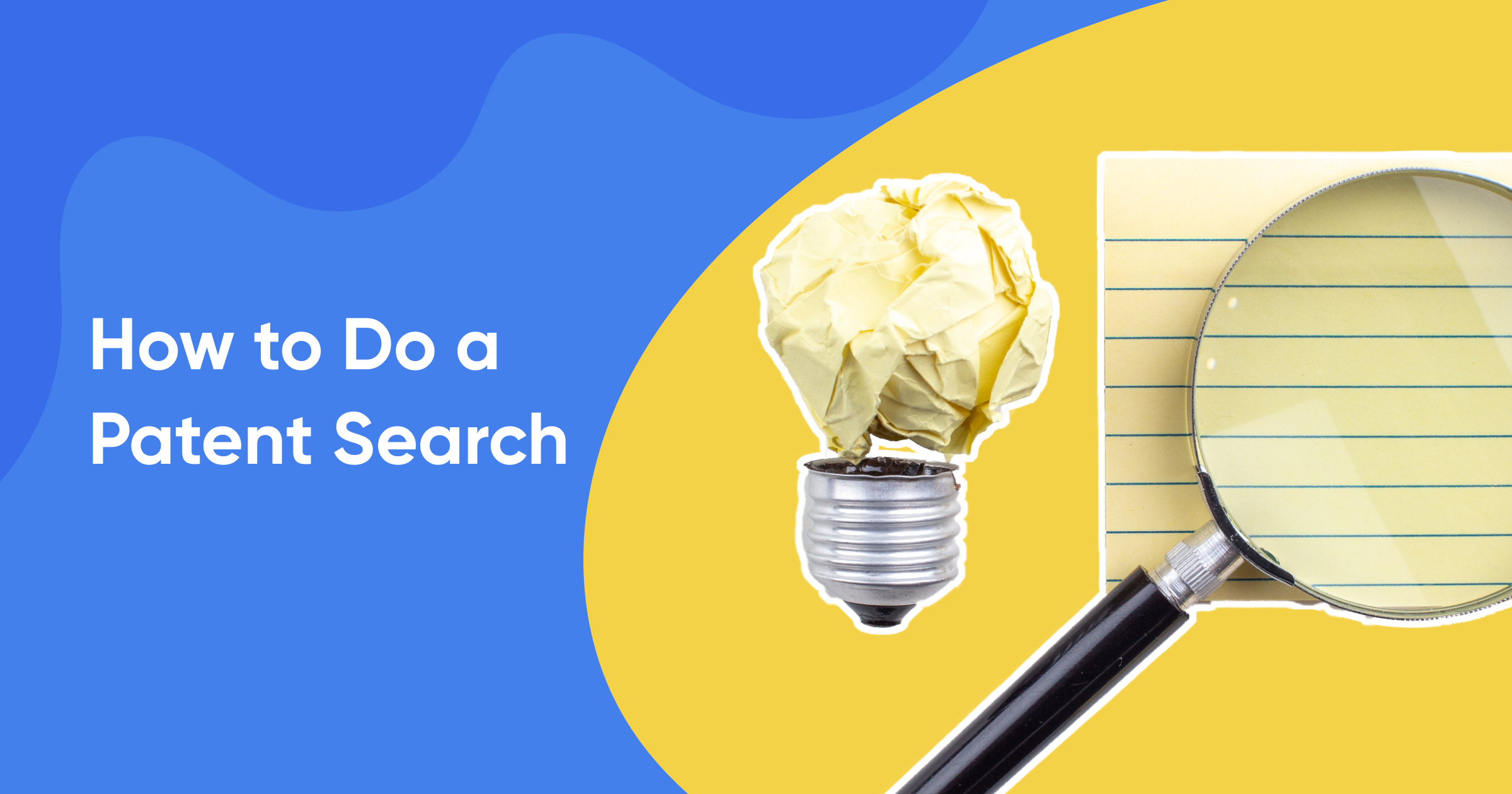Joshua Julien Brouard
20 October 2023 • 4 min read

enIf you're looking to do a patent search, you've come to the right place. In this article, we'll show you, step-by-step, how to do a patent search. We'll also advise you about the different options available to conduct one.
Let's get started with step one of how to search for patents:
Want to get your patent to patent pending status? This all starts with patent search services.
However, before you begin with this, it's essential to understand the different patent types.
The US Patent and Trademark Office (USPTO) manages three types of patents, these are as follows:
So, once you've specified what type of patent you're searching for, it's time to move on to the next step:
Do you want an answer to the question, “Can I patent my idea? Well, take note that not all inventions are patentable.
A patentable invention must:
Once you understand this and are sufficiently sure that your invention meets these criteria, you can move on to the next step:
Now, you're ready to get started with your patent search.
There are some free patent search tools you should know about, one of which is the United States Patent and Trademark Office Patent Public Search:
With this tool, you have two options to search for patents:
A basic public search provides simple filters such as keywords or common fields, whereas advanced searches provide deeper filtering options such as searching by database.
So now that you understand the USPTO patent search engine, it's time to start searching!
Part of this involves conducting a thorough keyword search. And what's the best way to start with this?
Brainstorm a list of keywords and various phrases that relate to your invention.
Use AND, OR, and NOT to combine or exclude particular terms. You can also use wildcards such as "!", "?", or "*". Asterisks can be used to match multiple characters at the end of a word, such as "comput*" matching with computers, computation, etc.
Question marks match a single character such as "m?n" for "men" and “man.”
And exclamation marks work similarly to question marks, replacing a single character.
Finally, you can also use classification codes to supplement your search.
Spencer Keller, one of our patent attorneys here at Trademarkia, had this to say:
“The USPTO’s Patent Public Search can be a great resource, but it does have its own shortcomings. The boolean search tools can be confusing and frankly not very user friendly. It takes some time to get the hang of. For a quick, everyday search, I recommend Google Patents.
Their advanced search is very user friendly and allows you to search for specific things within specific portions of the patent.”
So:
Google also offers a way to conduct patent searches using Google Patents. The search engine collects data from over 100 of the largest patent offices worldwide.
This gives you access to over 120 million documents. It can form part of your preliminary search, particularly if you have ambitions to patent internationally.
Start a Google patents advanced search today: it’s completely free!
While you can complete a quick 2-3 minute search on your own, ultimately, it's a good idea to seek out the services of a qualified patent attorney to complete your patent application.
A preliminary search may be useful to assess patentability, but to secure registration, it's a good idea to do a comprehensive search. Patent attorneys are familiar with the ins and outs of patent law and patentability and are well-equipped to help you with your patent documents (and this search!).
Ready to file your patent? Read our “Patent Filing 101” guide — we'll help you get started!
You can do a patent search on your own. However, this will only be a preliminary US patent search. To have a comprehensive patent search conducted, you should get in touch with a qualified patent attorney.
You can do an initial search with the USPTO's patent search engine. It's completely free and lets you access the results instantly.
The cost of conducting a comprehensive patent search will vary depending on the complexity of your invention. It could just be a few hundred dollars, but it may be more. Get in touch with one of our patent attorneys to get a precise figure.
You can conduct a preliminary patent search on your own. However, budging for a comprehensive patent search is preferable as this way, you can ensure that your patent registration is approved.
Anyone can search for a patent by simply accessing the USPTO's patent search engine. It's accessible through just a few clicks.
AUTHOR
Joshua J. Brouard has a diverse background. He has studied bachelor of commerce with a major in law, completed SEO and digital marketing certifications, and has years of experience in content marketing. Skilled in a wide range of topics, he's a versatile and knowledgeable writer.
Related Blogs

How to Renew a Trademark: A Guide That M...
17 May 2024 • 5 min read

How to Trademark a Name | Exploring the ...
17 May 2024 • 8 min read
.png%3Falt%3Dmedia%26token%3D61e4c1a1-34ee-427f-8cbe-48da50784682&w=256&q=75)
Will Palworld Get Copyrighted? (+ the Po...
17 May 2024 • 5 min read

7 Tips to Protect Your Business from Bra...
17 May 2024 • 8 min read

Can OpenAI Trademark GPT? (It’s Not That...
17 May 2024 • 3 min read